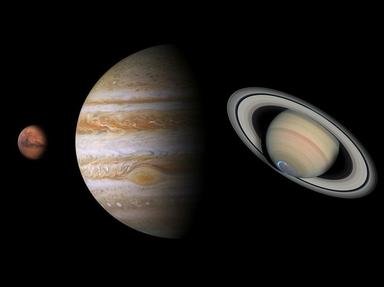Quiz Answer Key and Fun Facts
1. In terms of the overall size (not mass) of the planets, where does Neptune rank?
2. Compared to the Earth's gravity, what is the gravitational pull of Neptune?
3. Neptune's discovery is widely credited to which of these options?
4. Any planet with an atmosphere will experience winds. How fast are the winds of Neptune believed to reach?
5. Due to the methane gas content of Neptune's atmosphere, when viewed through an earthbound telescope it appears to be what color?
6. Neptune has rings, although they are very difficult to see. How many rings had been named by the end of 2015?
7. By 2015, how many moons (satellites) was Neptune known to have?
8. Triton is not only Neptune's largest moon, it is also very peculiar in many ways. From the list below, what is true about Triton?
9. Neptune's journey around the Sun takes about how long?
10. Neptune was first 'visited' by which craft on August 25, 1989?
Source: Author
rigdoctorbri
This quiz was reviewed by FunTrivia editor
rossian before going online.
Any errors found in FunTrivia content are routinely corrected through our feedback system.

